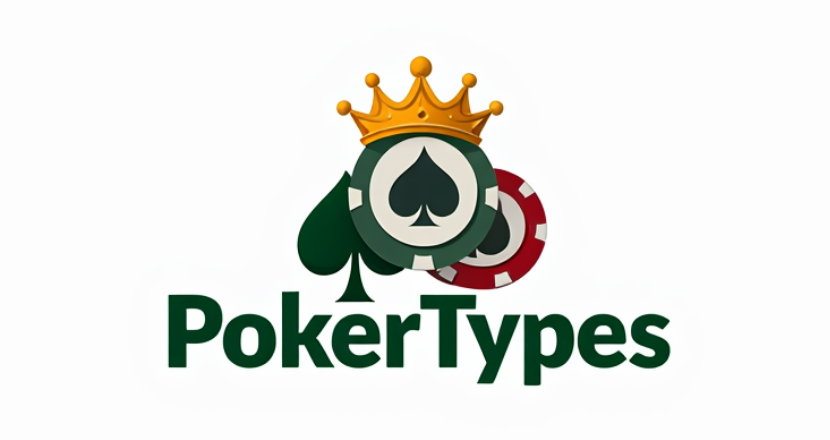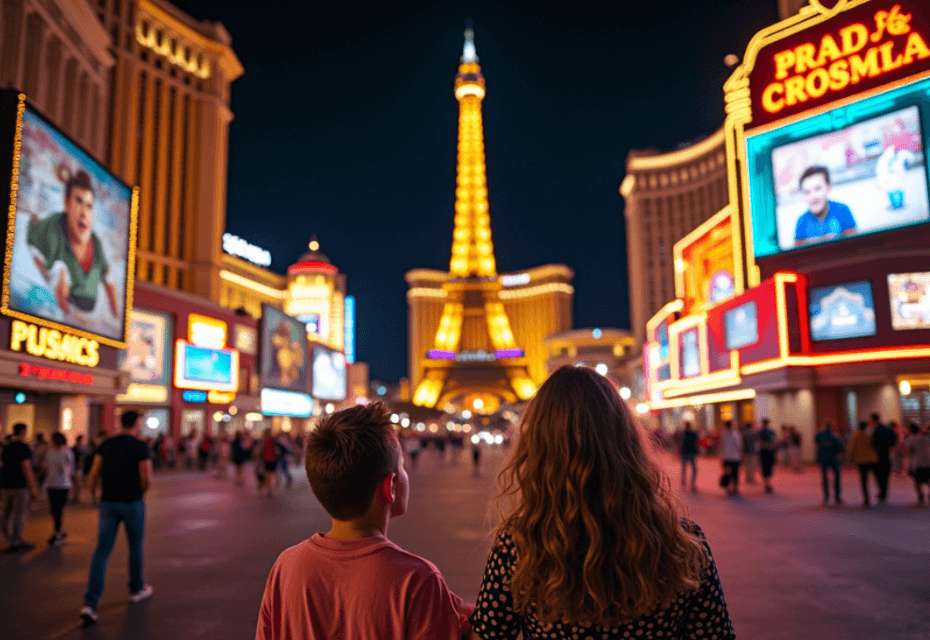Las Vegas has undergone a remarkable transformation from Sin City to a family-friendly destination. The increasing presence of children and families on the Las Vegas Strip marks a significant shift in the city’s identity.
While traditional casino gaming now accounts for less than 25% of revenue, the city has evolved to offer diverse entertainment options suitable for all ages.
Family attractions that once defined Vegas included the Nile River ride at Luxor, virtual reality experiences, animal exhibits at The Mirage, the Knight show at Excalibur, and the iconic Bellagio fountains.
Today’s Las Vegas balances its adult entertainment roots with family-oriented activities, though this transformation has sparked debate among visitors and locals alike.
The presence of children in casinos and on Fremont Street at late hours has become a notable concern. This evolution mirrors a trend that began in the 1990s when Vegas first marketed itself as America’s number one family destination.
The city now hosts numerous youth competitions, including cheerleading and dance events, drawing thousands of families throughout the year.
This blend of adult entertainment and family attractions has created a unique destination that offers something for everyone, though at a more affordable price point than traditional theme park destinations.
Disney’s Potential Entry into Las Vegas
Recent speculation about Disney acquiring properties on the Las Vegas Strip has generated significant buzz, though these rumors lack substantiation.
The most prominent myth involves Disney purchasing the Excalibur Hotel & Casino from MGM Resorts International.
While social media posts claimed a $2 billion project was planned for completion by 2030, no official announcements support these claims.
The contrast between Disney’s family-friendly brand and Las Vegas’s adult-oriented entertainment creates an interesting dynamic.
Las Vegas has evolved from its pure gaming roots, with casino revenue now representing less than 25% of total revenue.
The city attracts numerous families through youth competitions, cheerleading events, and various family-friendly attractions.
However, MGM Resorts maintains clear ownership of its properties, having recently completed strategic transactions like the $1.075 billion sale of The Mirage to Hard Rock International.
Disney’s brand identity centers on creating magical experiences through storytelling and innovation, while Las Vegas balances adult entertainment with broader appeal.
Though Las Vegas attempted to market itself as America’s number one family destination in the 1990s, the city maintains its distinct identity separate from Disney’s theme park model.
The transformation of Las Vegas continues through property renovations and rebranding, yet remains focused on its core adult entertainment market rather than pursuing the Disney family entertainment model.
Las Vegas as a Family Destination
Las Vegas has undergone a remarkable transformation in its approach to family entertainment. In the 1990s, the city invested heavily in family-friendly attractions, with properties like Excalibur, Luxor, and Treasure Island leading the way.
The percentage of visitors traveling with children has grown significantly, from 5% in 2019 to 16% in 2023.
Today’s Las Vegas Strip features diverse attractions including the Adventuredome at Circus Circus, virtual reality experiences at MGM Grand, and the Shark Reef Aquarium at Mandalay Bay.
Modern families spend an average of $570 on food and beverages, making them a valuable demographic.
The city now balances its adult entertainment roots with family activities, as evidenced by new developments like The Sphere and Formula One racing events.
This evolution reflects Las Vegas’s successful transformation from purely a gambling destination to an entertainment capital catering to all ages.
Challenges of a Disney Hotel in Las Vegas
The integration of a Disney property in Las Vegas faces significant challenges due to the city’s dual identity.
While Las Vegas attempted to market itself as a family destination in the 1990s, the experiment largely failed, with gaming revenue from families being 70% lower than from adults without children.
The presence of children in casino areas remains problematic, with security personnel struggling to enforce age restrictions and parents often arguing about their children’s presence near slot machines.
Modern Las Vegas has evolved to include some family attractions like the ARTE Museum and Sphere, yet the city’s core identity remains focused on adult entertainment.
The gaming commission maintains strict regulations about minors in gambling areas, making it difficult to design integrated spaces that satisfy both family and adult demographics.
Previous attempts at family-friendly theming were ultimately reversed, as evidenced by the removal of such elements from the Luxor and MGM Grand properties.
Opportunities for Disney in Las Vegas
The growing presence of Disney in Las Vegas aligns with significant market shifts, as family visitors now comprise 16% of tourists, up from 5% in 2019.
The success of the Immersive Disney Animation experience at The Shops at Crystals demonstrates strong demand for family entertainment. With casino gaming revenue declining by 4.2% in late 2024, non-gaming attractions present lucrative opportunities.
Las Vegas has evolved beyond traditional gambling, with properties investing in family-friendly amenities like the ARTE Museum and Formula One events.
The Disney brand could capitalize on this transformation through themed experiences and entertainment venues, particularly as non-gaming revenue now accounts for 64% of earnings in modern Las Vegas properties.
The city’s shift toward sports venues, interactive attractions, and immersive experiences creates natural synergies with Disney’s storytelling expertise and entertainment legacy.
Public Perception and Cultural Impact
The transformation of Las Vegas into a family destination has sparked intense debate among visitors and locals alike.
While family visitation has surged from 5% in 2019 to 16% in 2023, many argue that Sin City should maintain its adult-oriented identity.
Casino security frequently faces challenges with parents attempting to bend rules about minors in gaming areas, leading to tensions between family-friendly aspirations and traditional adult entertainment.
The presence of children in casinos and on Fremont Street at late hours has become particularly contentious, with some establishments like Circa and El Cortez implementing strict 21+ policies.
Local residents express frustration about strollers on the Strip and children in adult venues, while others argue that modern Las Vegas must evolve beyond its gambling roots.
This cultural shift reflects broader changes in tourism patterns, though the debate continues about whether Las Vegas should embrace its new family-friendly direction or preserve its identity as an adult playground.
Conclusion
The integration of Disney into Las Vegas presents both opportunities and significant challenges. While visitor spending in Las Vegas reached a record $44.9 billion in 2022, the city’s attempt to become a family destination in the 1990s yielded mixed results.
The success of the Immersive Disney Animation experience at The Shops at Crystals demonstrates potential for Disney-themed entertainment, yet previous attempts at family-friendly resorts like the Luxor and Excalibur have since been scaled back.
The modern Las Vegas Strip balances adult entertainment with family attractions, as gaming revenue now represents less than 25% of total income.
However, the presence of children in casino areas remains contentious, with properties like Circa and El Cortez implementing strict 21+ policies.
The Disney brand’s focus on wholesome entertainment could clash with Las Vegas’s adult-oriented identity, despite the city’s evolution toward non-gaming attractions.
A Disney presence in Las Vegas could reshape both brands – potentially diluting Disney’s family-friendly image while further legitimizing Las Vegas as a mainstream entertainment destination.
The challenge lies in maintaining brand integrity while adapting to the unique demands of the Las Vegas market.


